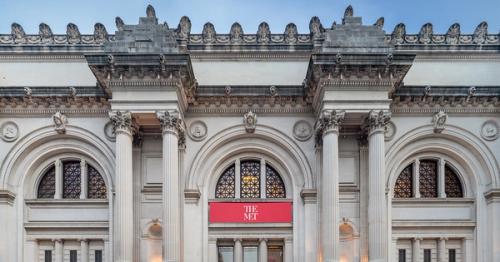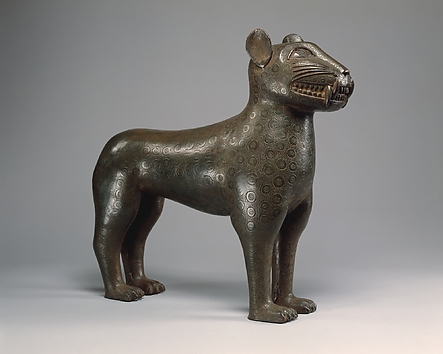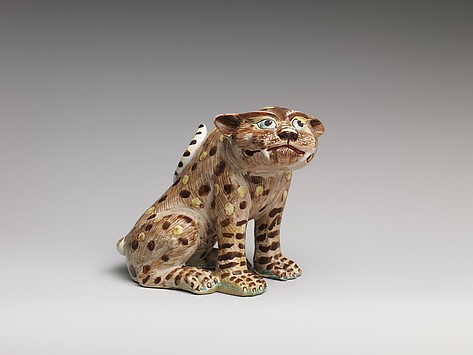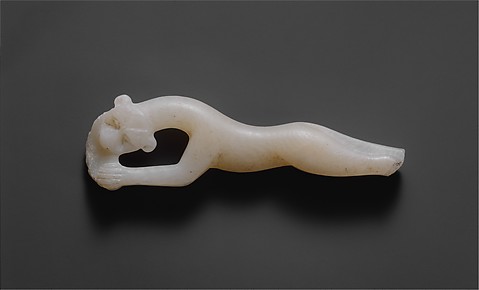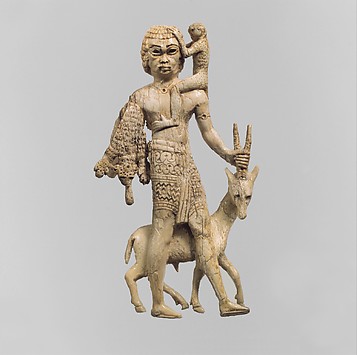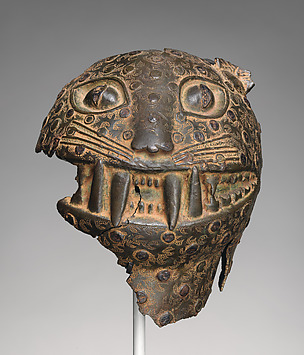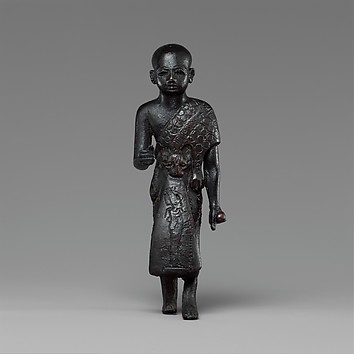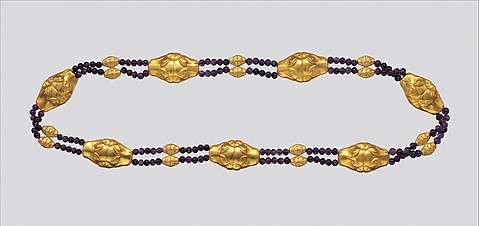This beautifully illustrated volume tells the story of Cubism through twenty-two essays that explore the most significant private holding of Cubist art in the world today, the Leonard A. Lauder Collection, now a promised gift to The Metropolitan Museum of Art. The eighty works featured in this volume—by Georges Braque, Juan Gris, Fernand Léger, and Pablo Picasso‐are among the most important and visually arresting in the movement’s history. These masterpieces, critical to the development of Cubism, include such groundbreaking paintings as Braque’s Trees at L’Estaque, considered one of the very first Cubist pictures; Picasso’s Still Life with Fan: “L’Indépendant,” one of the first to introduce typography; Gris’s noirish, uncanny The Man at the Café, one of his most celebrated collages; and Léger’s uniquely ambitious Composition (The Typographer). Written by renowned experts on this subject, the essays trace the evolution of Cubism from its origins in the still lifes, portraits, and collages of Braque and Picasso through the precisely delineated compositions by Gris that prefigure the Synthetic Cubism of the war years to Léger’s distinctive intersections of spherical, cylindrical, and cubic forms that evoke the syncopated rhythms of modern life. Also included are a fascinating interview in which Leonard Lauder discusses his approach to collecting, an investigative essay on the information gleaned from the backs of the works themselves, and an authoritative catalogue that further establishes the lives of these magnificent objects. A publication to place alongside the great histories of Modernism, this comprehensive book will stand as the resource for understanding Cubism for many years to come.





